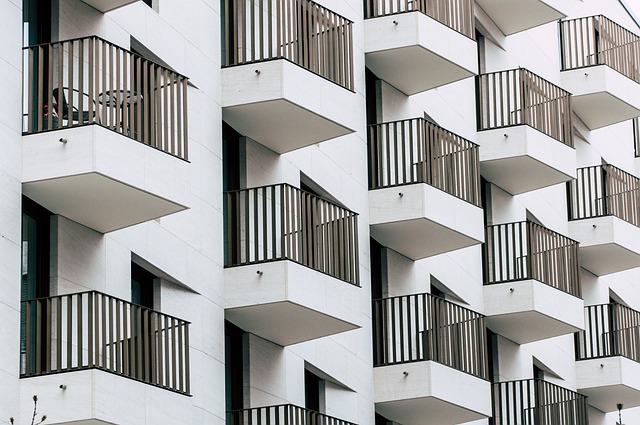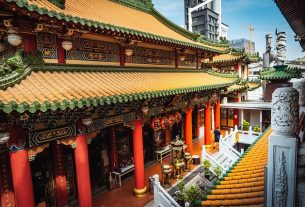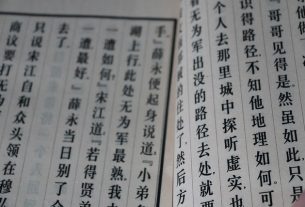Traditional Chinese houses have a wide range of architectural styles that reflect China's long history and rich cultural heritage. These designs include elements such as the entrance hall with high-tech and cultural features and ornate decorations on the walls, which are unique to each style. Additionally, traditional Chinese homes incorporated ancient building techniques to create a distinctive style that showcases China's history and rich cultural heritage. Traditional Chinese Houses reflect Chinese culture's aesthetics and beliefs through common elements such as peony flower carvings or paintings, screens, paper lanterns, tiling, and screens. However, today's traditional Chinese homes have evolved to incorporate both ancient culture and modern technology while still maintaining unique designs with modern appliances.
在中国,历史悠久,传统的房子体系非常复杂。传统的中国家屋分为几个不同的 архитекural 风格:独具特色的室内装修,如明朝、清朝等时期的建筑风格。这些建筑风格可以根据地理环境和当地文化而有所不同。在传统中国家庭中,每个人都拥有自己的房间,分隔为男女室、公历等等,这些设计体系以及装修材料都被规定。传统中国家庭的生活方式不仅仅是一个房子的内外装饰,而是包括了环保、节能等方面的生活态度和行为,这些规定被广泛地体现在今天中国家庭当中。
- Traditional Chinese House Architecture Styles
- Traditional Chinese House Decoration Style and Elements
- What Traditional Chinese Home Lifestyle is Like Today
Traditional Chinese House Architecture Styles

首先,要探讨中国传统建筑的各种风格。这些风格有明朝、清朝和明代等不同时期的建筑风格。例如明朝的建筑风格以戴首楼为主,而明代则更加注重于文化交流与传统的建筑元素。此外,还有一些固有的建筑风格,如清水塔、长城、辽东海滩等,这些景点在中国文化上有重要的地位。
其次,中国传统家居的设计通常具有多种独特元素。例如,传统中国建筑的门厅通常有很多高科技和文化元素,而墙上的装饰则包括各式各样的桂花、佛像、山水等。此外,中国传统房屋还承继了古代家居的建筑技术,例如用红色或黄色的砖石构成了房墙和地面的风格性质。
In summary, Chinese traditional houses have a wide range of architectural styles, such as the Ming and Qing dynasties, and each era has its own unique style. There are also many unique elements in the design of traditional Chinese homes, such as high-tech and cultural elements in the entrance hall, ornate decorations on the walls, and use of red or yellow brick for exterior walls and floors. Additionally, traditional Chinese houses have inherited ancient building techniques from previous dynasties, including using clay tiles to construct walls and floors. In conclusion, Chinese traditional houses have a distinctive style that reflects China’s long history and rich cultural heritage.
Traditional Chinese House Decoration Style and Elements

Traditional Chinese House Decoration Style and Elements
It’s crucial to consider that traditional Chinese houses are characterized by unique decoration styles, which can differ based on regions or historical periods. The colors used for decorating should also be considered, as the most common colors of traditional Chinese houses are earthy tones such as green, blue, and red, which symbolize peace, prosperity, and good fortune in various ways. Furthermore, it is essential to consider that traditional Chinese houses may incorporate elements with cultural significance. For instance, a traditional Chinese house may feature carvings or paintings of peony flowers, which are considered the country’s national flower and have been symbolizing love and prosperity for centuries. Therefore, these decoration styles and elements reflect the aesthetics and beliefs of traditional Chinese culture.
As previously mentioned, it is important to note that each Chinese house may differ based on historical periods or regions due to diverse architectural designs used over time. However, there are several common elements found in most traditional Chinese houses, such as tiling, screens, and paper lanterns. These features add beauty and create a harmonious atmosphere in the house. It is essential to consider that these decoration styles and elements are integral parts of traditional Chinese culture and serve as a testament to its rich history and heritage.
What Traditional Chinese Home Lifestyle is Like Today

Traditional Chinese Home Lifestyle Today
Today, traditional Chinese home lifestyle has evolved into a modernized version that incorporates ancient culture and technology. The homes are equipped with gadgets like smartphones and laptops, which are used to communicate with family members who live far away or to access information on the internet. At the same time, traditional Chinese architecture is still evident in these homes through the use of unique decorations and designs, such as dragons and phoenixes carved into furniture or walls. Moreover, modern Chinese people no longer depend on traditional cooking methods like steaming or boiling to prepare their meals. Instead, they have adopted contemporary kitchen appliances that save time and effort in food preparation. As a result, traditional Chinese home lifestyle today has become more convenient, efficient, and enjoyable for its residents due to the fusion of ancient culture and modern technology.
Even though traditional Chinese houses are known for their minimalist interiors with plain walls and dark floors, they have evolved over time to accommodate more modern living styles. For instance, many traditional Chinese homes today incorporate various colors in their interior design. Vibrant hues like reds, blues, greens, and yellows are used in furniture and wall paintings to create a more lively atmosphere that is conducive to relaxation and entertainment. Moreover, some traditional Chinese houses have expanded their living spaces by adding more rooms for different purposes such as a home office or hobby area. These changes reflect how modern Chinese people want to live in their homes today, with more comforts and leisure space to enjoy their lives.
Traditional Chinese houses have distinct architectural styles, such as the Southern Min style and the Ming-Qing dynasty architecture. Decoration elements in traditional Chinese homes include auspicious symbols, dragons, phoenixes, and bamboo motifs. The lifestyle of modern Chinese homes has evolved significantly compared to traditional ones, with modernization and global influence evident in design elements and decorations. Traditional Chinese houses are an integral part of the country’s cultural heritage and continue to inspire architectural innovation and admiration worldwide.



